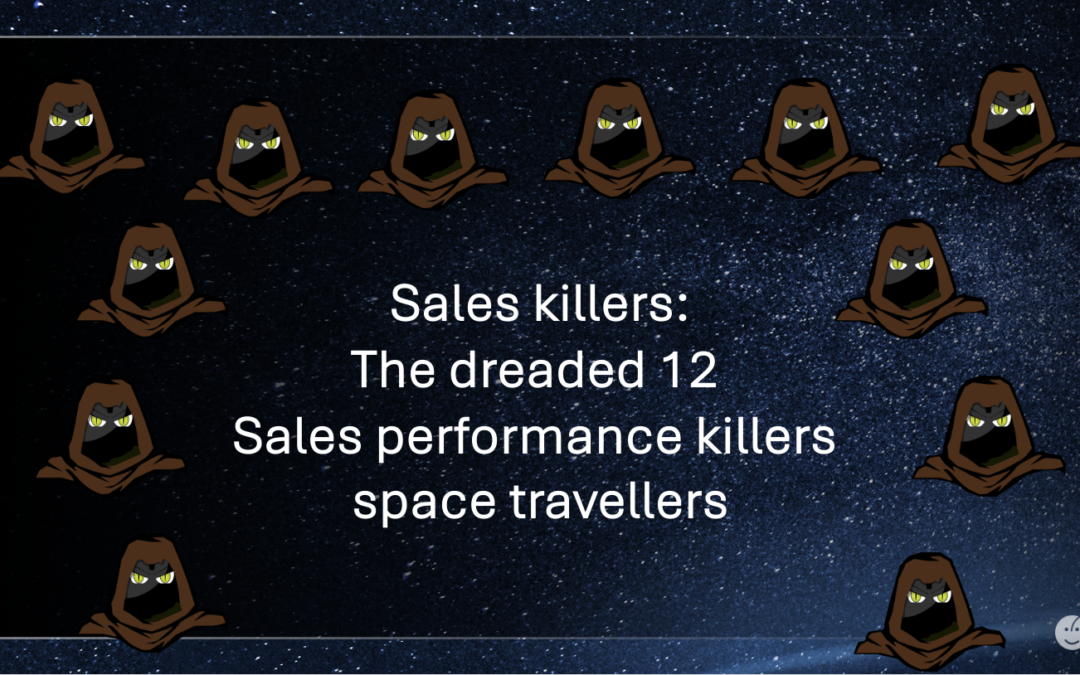In today’s B2B landscape, marketing and sales teams face growing pressure.
Sales Performance Killer:
- rising competition
- complex buying processes
- digitally informed customers — all while time and resources are limited.
At first glance, these challenges seem individual. But their root causes — and solutions — are remarkably similar.
This article walks you through 12 common B2B pain points, their consequences, and how Marketing Automation and Sales Automation can solve them in a structured, scalable, and sustainable way.

1. Inconsistent and outdated data
The Problem:
CRM and marketing databases are full of outdated, incomplete, or inconsistent records — due to staff changes, mergers, relocations, or simply a lack of maintenance.
Consequences:
- Sales teams rely on incorrect information
- Missed opportunities and potential deals
- Automation sends irrelevant or annoying messages
- Loss of trust and professionalism
The Solution:
Marketing Automation can automatically clean and update data based on user behavior, form entries, or CRM syncing. Clean data becomes valuable sales signals — triggering timely follow-ups, automated flows, or personal outreach.

2. Too few leads for sustainable customer acquisition
The Problem:
The website and marketing campaigns generate too few — or unqualified — leads. Sales lacks fuel.
Consequences:
- Cold calling becomes the default strategy
- Revenue opportunities are lost
- Empty sales pipelines
- Wasted time and marketing spend
The Solution:
Marketing Automation fuels PreSales processes by attracting and converting leads with relevant content and automated touchpoints. Leads are nurtured and enriched before being handed off to sales.

3. Too many leads — but no prioritization
The Problem:
Lead volume is high, but sales can’t tell which ones matter most.
Consequences:
- Sales teams feel overwhelmed
- High-potential leads go unnoticed
- Time is wasted on unqualified contacts
- Deals are lost due to inaction
The Solution:
Lead Scoring & automated routing ensure leads are ranked and handed off based on their behavior, engagement, and fit. Sales knows exactly whom to call — and when.

4. No time to actively manage leads
The Problem:
Even with interest, sales teams can’t follow up fast enough or consistently.
Consequences:
- Leads go cold
- Competitors close the deal
- Sales and marketing blame each other
- Revenue targets are missed
The Solution:
Marketing Automation takes care of the nurturing, until leads are truly ready for sales. With “sales fast lane” triggers, hot leads are passed directly to sales — at the perfect time, with all relevant context.

5. Cross- and upselling among existing customers is neglected
The Problem:
There’s no structured follow-up or reactivation of existing clients.
Consequences:
- Customers buy once and disappear
- Untapped potential among B- and C-tier clients
- Competitors gain traction in your accounts
The Solution:
Sales Automation detects renewed interest or product fit via behavior tracking and engagement signals. Automated flows guide customers toward repeat purchases — making even lower-tier accounts profitable to manage.

6. Difficulty reaching and penetrating strategic target accounts (ABM)
The Problem:
Key accounts are approached with generic messaging and random outreach.
Consequences:
- Zero engagement
- High acquisition costs
- Competitors secure strategic partnerships
The Solution:
Marketing Automation enables Account-Based Marketing (ABM):
- LAND: Win over key stakeholders with personalized content
- EXPAND: Reach more departments within the account
- EXPLODE: Build long-term strategic partnerships
Automated, tailored workflows ensure you stay relevant — and persistent.

7. Trade shows and events don’t generate ROI
The Problem:
Events are expensive — but poorly organized or followed up.
Consequences:
- Low visitor turnout
- Lost contact data
- No measurable impact
- Low return on investment
The Solution:
Marketing Automation enhances your event strategy:
- Pre-event email campaigns & appointment booking
- Digital lead capture on-site
- Structured, automated follow-up afterwards
Result: measurable pipeline growth and cleaner data.

8. Customer churn due to ignored warning signs
The Problem:
Customer dissatisfaction is detected too late, despite early signs.
Consequences:
- Loss of long-term accounts
- Recovery efforts are expensive or impossible
- Decline in revenue and retention
The Solution:
Automation enables a proactive churn prevention system:
- Monitor engagement and activity
- Trigger reactivation workflows automatically
- Use scoring to detect silent drop-offs
This allows for targeted retention strategies — before it’s too late.

9. No strategic planning before quote requests
The Problem:
Sales planning starts only when deals reach the quoting stage.
Consequences:
- Missed early indicators
- Lack of visibility into the buyer journey
- Limited ability to optimize marketing impact
The Solution:
Marketing Automation extends the planning horizon.
It tracks touchpoints from the first interaction, allowing insights into:
- Which content converts
- Where leads come from
- Which campaigns influence buying
Sales becomes more predictable and controllable.

10. In uncertain times, sales needs to be more efficient
The Problem:
Budgets are tight, but expectations rise.
Consequences:
- Manual processes slow teams down
- Sales focuses on the wrong leads
- Revenue stagnates
The Solution:
Sales Automation increases efficiency without increasing headcount:
- Lead nurturing builds stronger buyer intent
- Lead scoring and routing eliminate guesswork
- Sales gets more time for closing
📊 A study by Annuitas Group shows that nurtured leads convert 47% more often.

11. Long buying cycles lead to lost visibility
The Problem:
B2B decisions take weeks or months. Without active communication, your brand is forgotten.
Consequences:
- Pipeline stalls
- Competitors stay top-of-mind
- Lost deals despite initial interest
The Solution:
Marketing Automation maintains consistent, relevant contact over the full buying cycle. You stay in the conversation — without manual follow-ups every week.

12. Sales gets leads too early in the buying journey
The Problem:
Marketing hands off leads too soon — before they’re ready.
Consequences:
- Wasted sales time
- Low conversion rates
- Internal frustration and blame games
The Solution:
Lead nurturing and scoring develop leads until they’re sales-ready.
Only when they meet predefined criteria (score, activity, fit) are they routed to sales — along with all behavioral data.
Conclusion: From Chaos to Clarity
These problems aren’t new — but now they’re solvable.
With Marketing Automation and Sales Automation, your teams gain:
✅ Consistent data
✅ Prioritized leads
✅ Predictable pipeline growth
✅ Time to focus on what really matters: Selling


